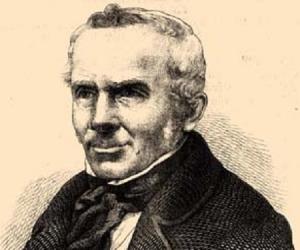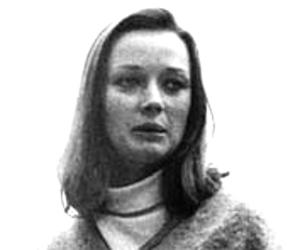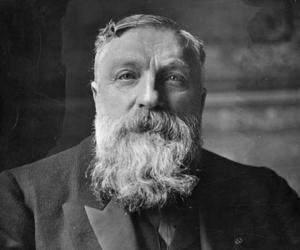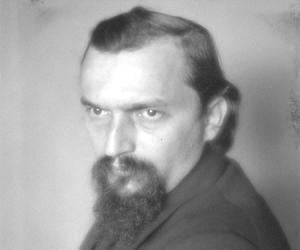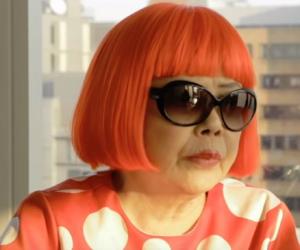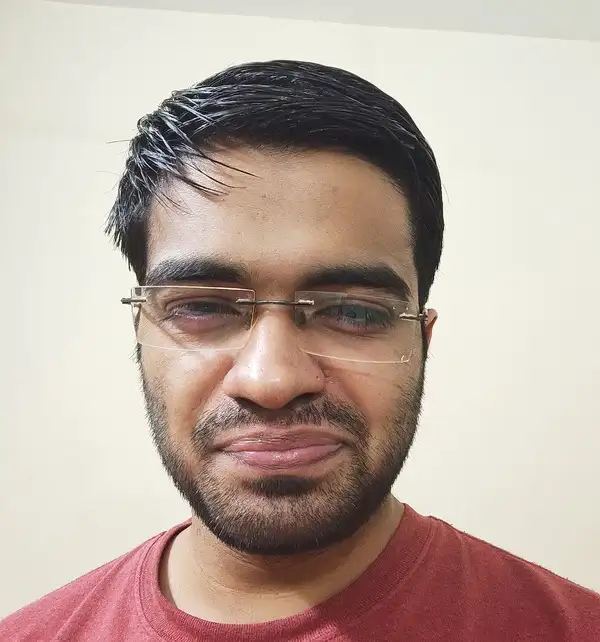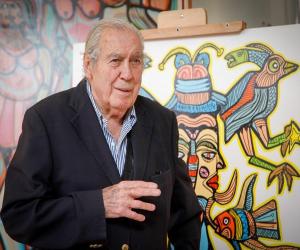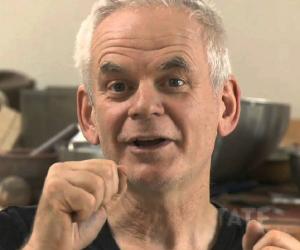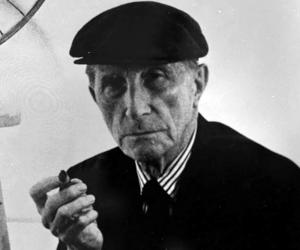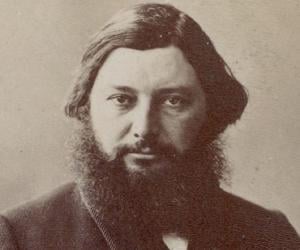Birthday: February 24, 1792 (Pisces)
István Ferenczy
(Hungarian sculptor)
István Ferenczy was a prominent 19th century Hungarian sculptor. The son of a locksmith, he was expected to follow the footsteps of his father and was thus apprenticed to him. However, the young István was a creative individual and had set his heart on creating beautiful works of art. He attended a course on copperplate engraving at the Vienna Academy where his work was greatly appreciated. Eventually he developed a keen interest in the fine art of sculpture and studied under Fischer and Kleiber at the Academy. Completely devoted to art, he spent several years in studies and harbored the ambition of becoming a sculptor. However, in spite of his natural talentsand dedication, he often found himself lonely and disillusioned with his career. That is not to say that he did not achieve professional success—he did, but could never achieve the kind of success he had envisioned for himself. Over his career, he modeled several portraits of leading personalities, designed tombs and memorials, and also created several statues that became much popular over the years. He had a lifelong desire of establishing a school of sculpture in Hungary, which he could not achieve in his lifetime
Birthday: February 24, 1792 (Pisces)
1
0
1
0
